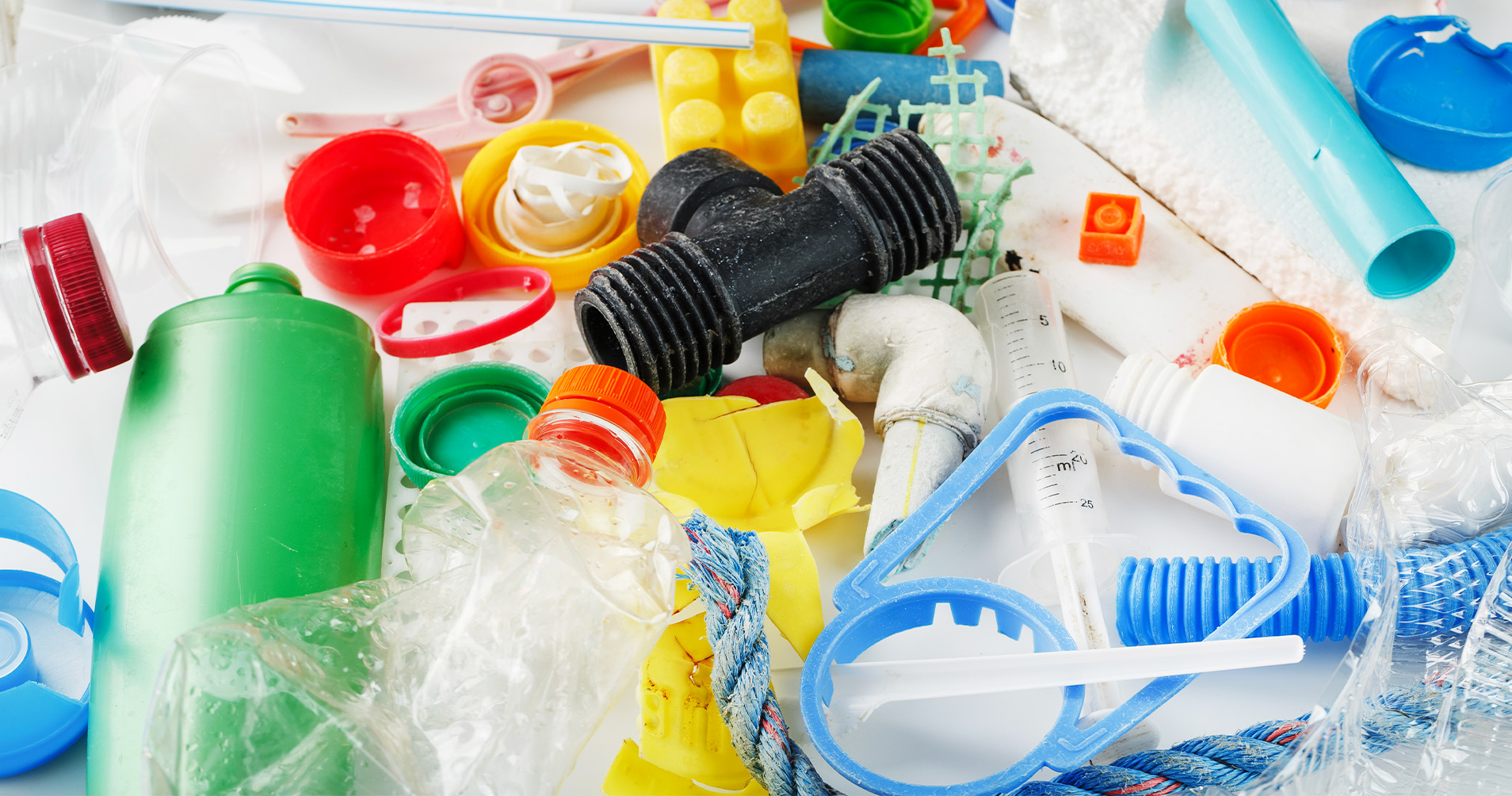Hyundai Motorstudio Senayan Park
Hyundai Motorstudio Senayan Park
Newsroom
The official news from Hyundai Motorstudio Senayan Park and a collection of innovative articles on mobility and sustainability here.
-
3 Key Areas of Plastic Waste Processing Innovation
- Hyundai Motorstudio Senayan Park Senayan Park 2024.07.24
-
Every year, humans produce more than 300 million tons of plastic waste, polluting the environment and endangering marine life. Facing this crisis, environmental experts and scientists are competing to design innovative solutions to find effective and sustainable plastic waste management.
Plastic Waste Processing Innovation
In overcoming the plastic waste problem, the solution can be divided into 3 phases starting from prevention to processing. The following is an explanation of each phase and examples:
- Plastic Waste Prevention
Environmental experts work with government, industry, and society to formulate policies and strategies that can help reduce the amount of plastic waste produced. This can be done by:
- Encourage the use of environmentally friendly materials, such as bioplastics that are easily decomposed.
- Implement rules that prohibit the use of single-use plastics, such as plastic bags and plastic straws.
- Increase public education and awareness about the dangers of plastic waste and the importance of protecting the environment.
2. Plastic Waste Cleaning
Plastic waste that has polluted the environment, such as in the sea and on land, needs to be cleaned up. Experts also design various plastic waste cleaning technologies, such as:
- Cleaning net: Large nets are installed in the sea to catch floating plastic waste.
- Cleaning robot: Cleaning robots are used to clean up plastic waste on beaches and land.
- Bioremediation technology: Microorganisms that can eat plastic are used to clean up plastic waste in the sea.
3. Plastic Waste Processing
Even though prevention and cleaning have been carried out, there will still be some plastic waste that accumulates. To overcome this, experts have designed various technologies for processing plastic waste so that it does not pollute the environment. Some of them are like:
- Recycle: Plastic waste can be recycled into new products, such as plastic bottles into new bottles or plastic bags into cloth.
- Energy generation: Plastic waste can be processed into fuel to produce energy.
- Reprocessing: Plastic waste can be processed into raw materials for new products, such as plastic asphalt or paving block plastic.
Recycled Products for Hyundai IONIQ 5 Materials
Recycled plastic waste products can be reprocessed into various new products with high value. For example, Hyundai uses recycling to create environmentally friendly car components.
Hyundai shows its commitment to the environment and sustainability through the IONIQ 5 electric car. This car is not only superior in performance and design but is also environmentally friendly because it uses recycled and environmentally friendly materials in every component. Starting from the car doors, and seats, to almost the entire cabin, IONIQ 5 uses materials that come from nature and are recycled. Here are some examples:
- Horn, Steering Wheel, and Switch Covers: Hyundai uses sunflower seeds and corn to make these components. The use of this natural material helps reduce plastic waste which is difficult to decompose.
- Car Seat Cover: The combination of hemp seeds, PET plastic bottles, and wool produces a comfortable and environmentally friendly seat cover. Around 32 plastic bottles are recycled to make one seat cover, demonstrating Hyundai's commitment to recycling.
- Car Door: HDPE paper (high-density polyethylene) recycling is used to make IONIQ 5 car doors. This paper has the same quality as traditional Korean paper and the texture is light.
- Car Door Paint: Hyundai makes natural paint from rapeseed and cornflower extracts to paint doors and crash pads. This paint is not only environmentally friendly but also gives the IONIQ 5 its aesthetic.
- Magnetic and Car Mats: Sugarcane plants are processed into fibers and threads for magnetic components, headlining, and carpets for IONIQ 5 cars. This use of sugarcane shows Hyundai's innovation in using natural resources sustainably.
The Hyundai IONIQ 5 is clear proof of Hyundai's commitment to presenting electric cars that are not only high-performance but also environmentally friendly. The use of recycled and environmentally friendly materials in each component shows Hyundai's dedication to preserving nature. By combining science, technology, and collaboration, we can create a greener and more sustainable future for planet Earth.




